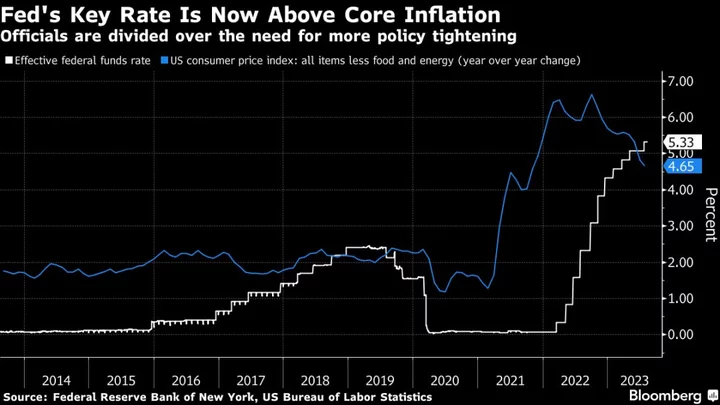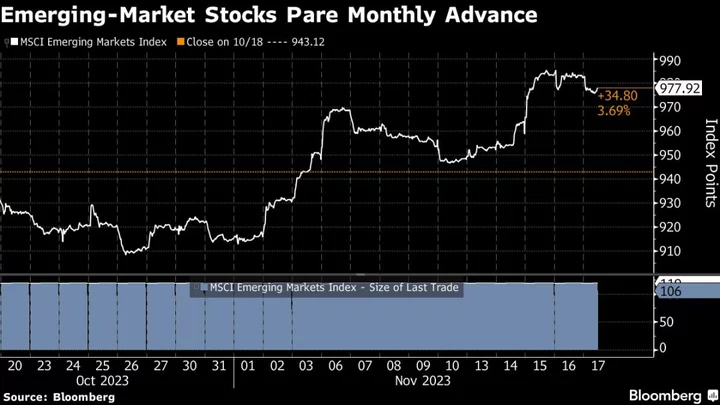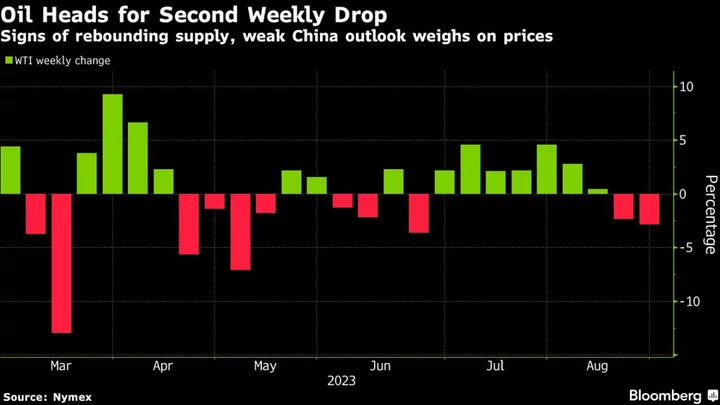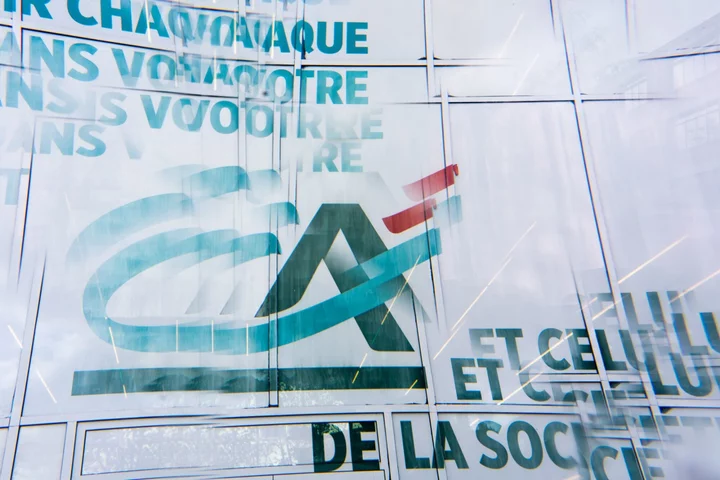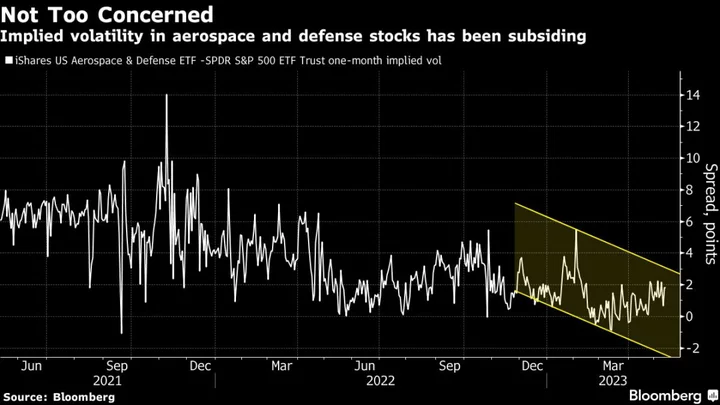From London to New York, nobody wants to be a commercial landlord these days. But in the South Korean capital, owners of office towers are living the boom life.
Seoul’s office market is every landlord’s dream: More than 98% of grade-A offices are occupied, with rents surging 15% from last year. The competition for space is so fierce that when there was a floor available in Parnas Tower at the heart of the prestigious Gangnam district, a dozen domestic and international companies turned up in a tender to outbid each other.
“Particularly for the tenants looking for large spaces, they really have nowhere else to go,” said YJ Choi, head of leasing at Cushman & Wakefield Korea. “So they’re just taking it, even if it means a 30% or 40% increase in price.”
Such a scenario is unimaginable for landlords in the US where offices are seeing tenants cut space or move out as employees become reluctant to badge in. Property owners are struggling to stay afloat with higher interest rates squeezing margins even more. Office prices in the US are due for a crash, and the commercial real estate market faces at least another nine months of declines, according to a recent survey conducted by Bloomberg.
And in an ironic twist, Korean investors have been among the most badly burned by the global market’s collapse. Pension funds, insurance companies and asset managers plowed billions into overseas properties just before the pandemic drove down their value, raising the risk of a credit crunch.
In South Korea, the market is thriving due to a unique mix of supply and demand factors, cultural preferences and economic resilience. The capital had a vacancy rate of just 1.7% in the third quarter, compared with an average of 19% in Asia, according to data from CBRE Group Inc.
Offices have been in short supply in Seoul since 2021, with just half of what has historically been available, according to Claire Choi, head of research for Korea at CBRE. She expects the shortage will last until 2025, when new projects now under construction will come online, and rents to grow year-over-year about 15% in 2023.
Redevelopment restrictions imposed by the government a few years ago and disruptions of development plans by the pandemic have contributed to the lack of supply, according to CBRE.
Meanwhile, the demand for offices is steady, thanks to the robust domestic economy. Korea’s economy recorded growth during most of the pandemic due to strong overseas markets for its products including microchips and cars. Local companies make up about 80% of tenants in the commercial market, so even if foreign companies downsize, the overall need for space remains.
“It’s a cultural thing,” said Choi. The work-from-home trend that has been emptying office floors in many Western economies doesn’t occur in Seoul, or in most of Asia. “If we are told to come back to the office, we will come back to the office.”
In another sign of tenants’ plight in the Seoul office market, with recent redevelopment projects and tower sales forcing companies out of their original workplace, BNP Paribas SA’s insurance arm and Salesforce Inc. had to find new offices in the highly competitive market.
The under supply of office space in the market has also boosted sales of these towers.
“Korea is probably the strongest performing office market in the world for the last two years,” said Calvin Chou, co-chief investment officer and the head of Invesco Real Estate in Asia Pacific. Even though borrowing costs are generally higher than typical rental yields of 4% — a main reason why office purchases are rare in many parts of the world now — Invesco still received competitive offers in a recent sale of a 17-story office tower in Gangnam.
The US firm eventually sold the asset for $385 million, almost double the original purchase price in 2017.
“When my colleagues or peers in the US and Europe saw the headline, they were surprised,” Chou said of the price. “It just goes to show the Asian market operates very differently.” And it also reflects that investors expect rental yield and income in Korea will grow over time, Chou added.



